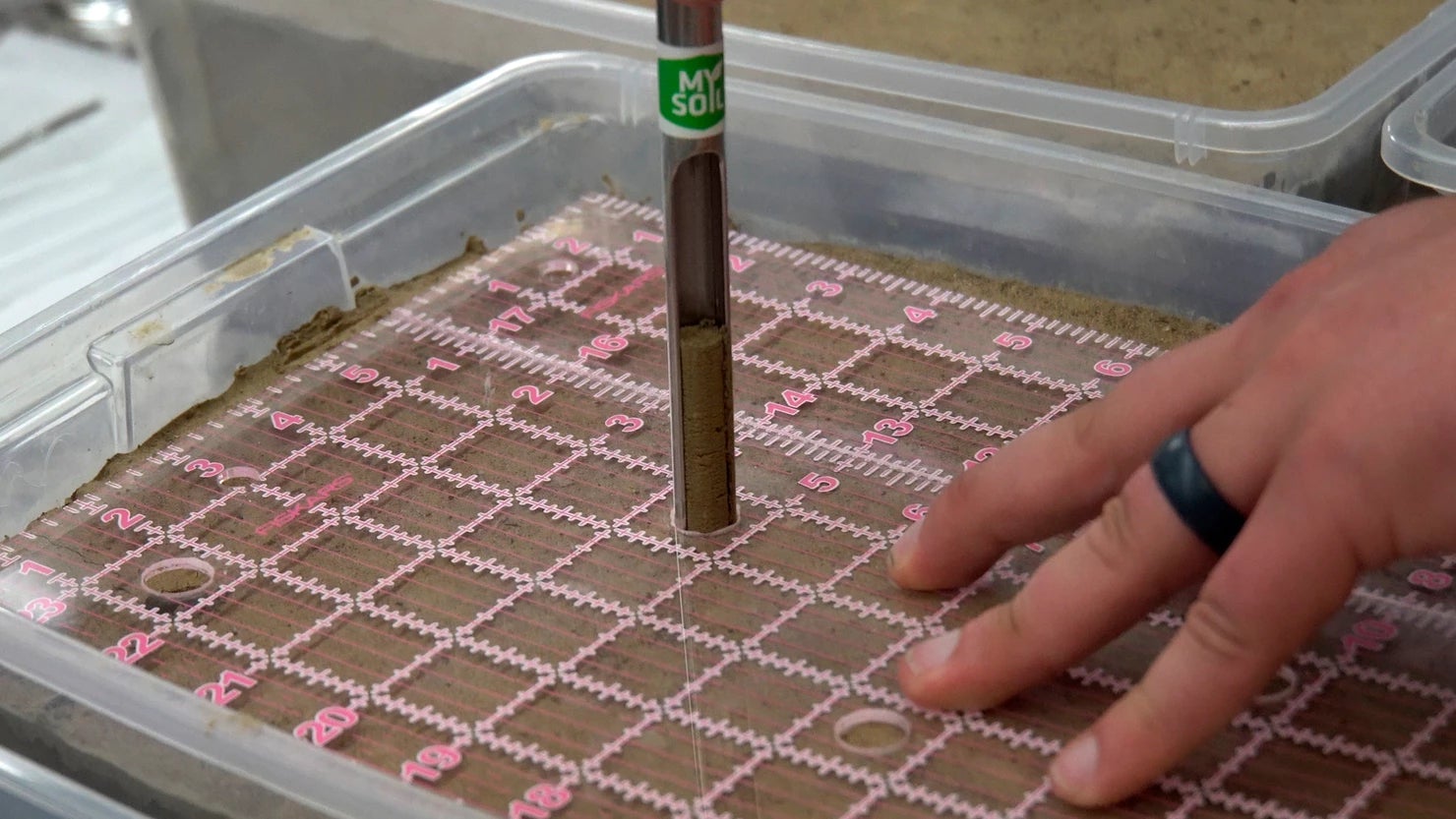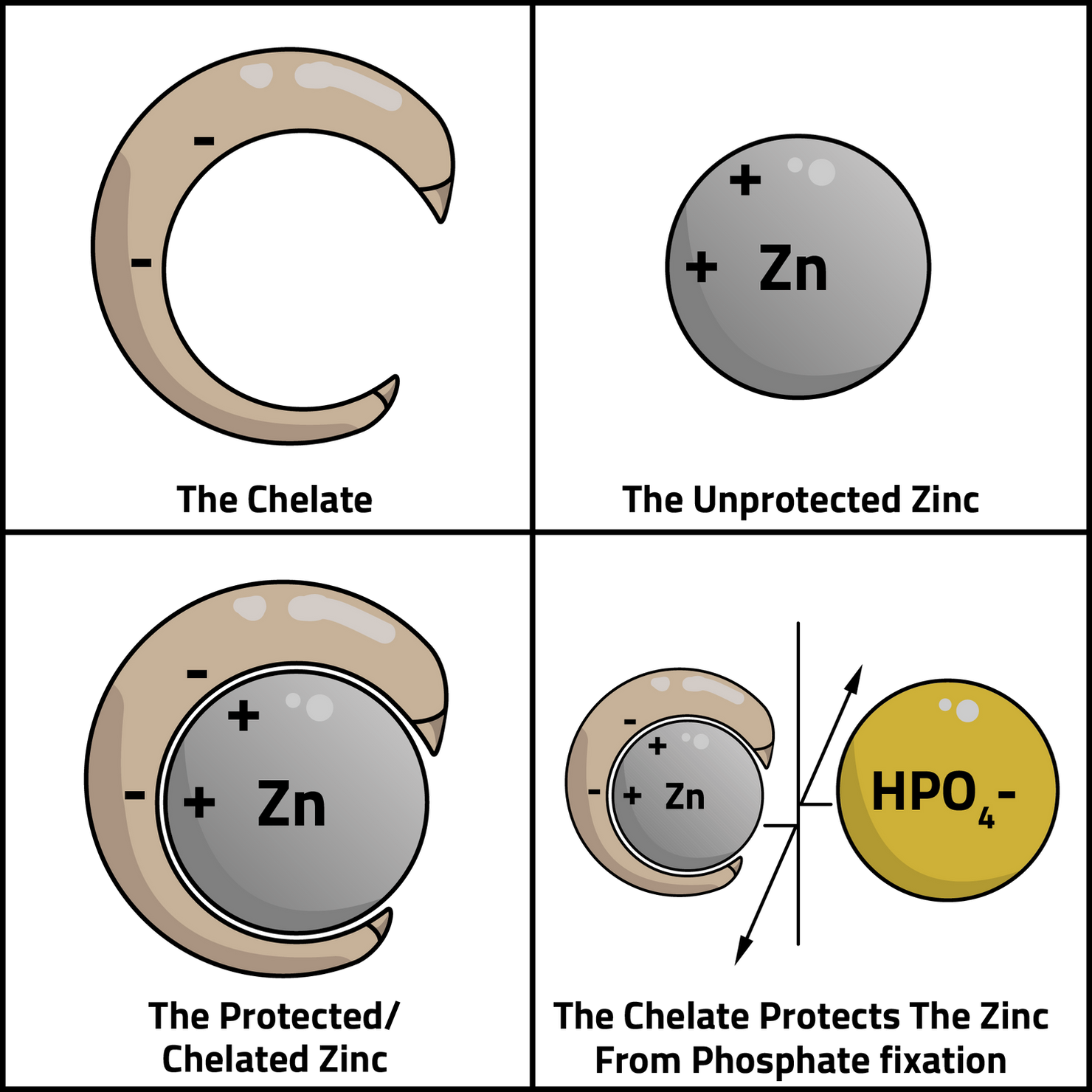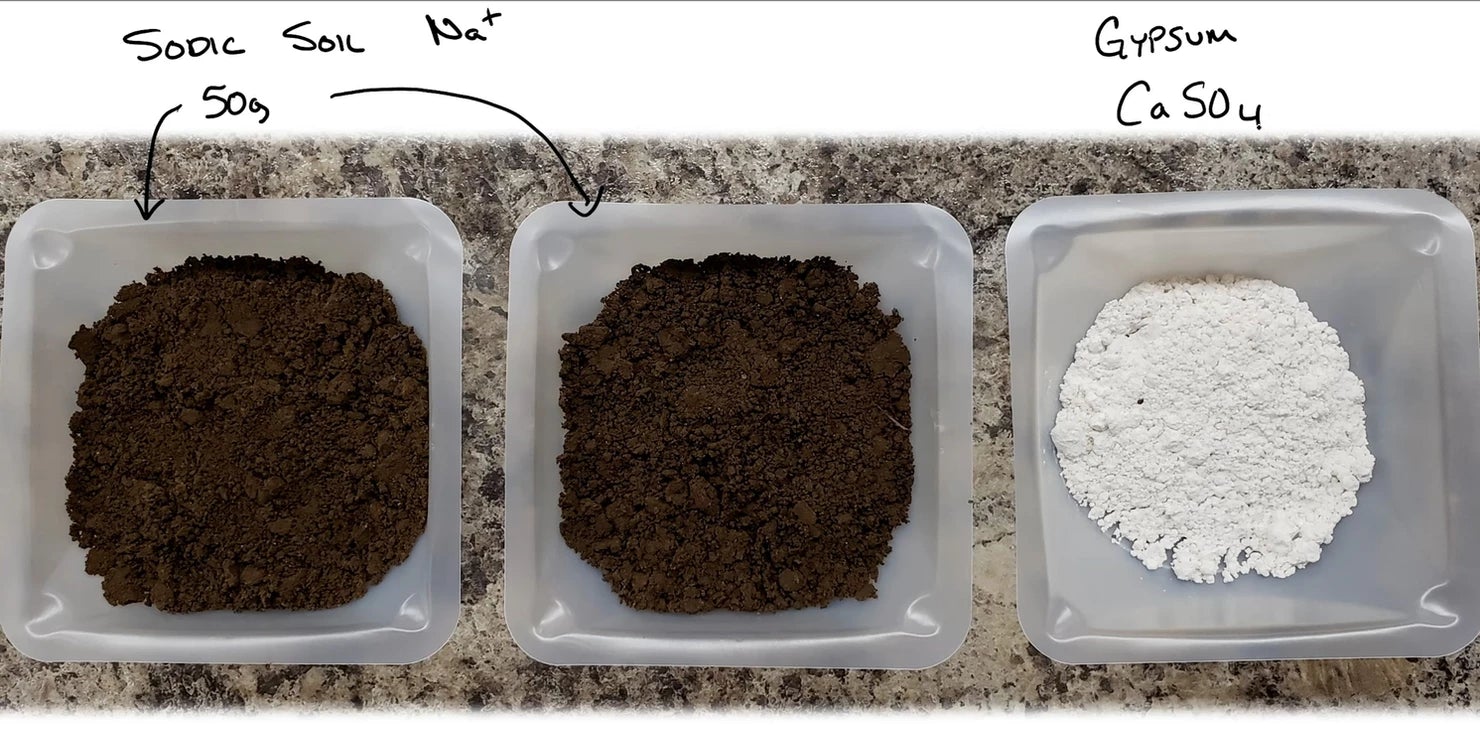MySoil - Feb 27, 2020
The Advantages Of MySoil

Ion-exchange Resin Nutrient Adsorption Process
One of the many advantages of the Ion-Exchange Resin Method is that we don’t have to guess, which extraction/analysis method is the best for your specific soil. Conventional methods widely vary based on the area of the country you are located, what type of soil you may have, or your soil pH. The resins will only adsorb nutrients if they are in forms and amounts available for plant/root-uptake. “Simply”, the resins are accounting for the pH of your soil as well as all other components effecting nutrient availability and release. One method regardless of soil type!

Pulling Samples From Garden Bed
This method is a great way to evaluate base saturation. The proportion of nutrients adsorbed by the resin is a direct indicator/measure of the nutrient balance on soil exchange sites and will be clear in the results if these are not balanced correctly.

Field-Moist Soil Composite
Why a 5-day adsorption time? This is a critical advantage of this analytical method. We use published data to determine the Lbs/Ac/Day uptake requirements for specific crops at specific growth stages. This is the only method that can measure Lbs/Ac/Day release from your soil and build your soil to match these plant uptake demands during the time they are growing. "It’s not the total amount of nutrient in a given soil, but can that soil release those nutrients in forms and amounts to match plant uptake demands during the time they are growing”. A corn plant can require 15lbs K2O/Ac/Day at peak uptake. Very few growers are accomplishing this, simply because they haven’t had the tools to measure and match this until now.

Adding Soil To Sample Jar
How is this different than Paste Extraction? The Ion-Exchange Resin Method will first adsorb available nutrients from solution phase similar to what a paste extraction will measure, but goes beyond this by providing critical information about the soils ability to continue to release nutrients once they have been adsorbed/removed from the solution phase.

Ion-exchange Resin Method Using Field-Moist Soil
We still promote conventional soil analysis practices every couple years to monitor larger trends over time, such as CEC, %OM or physical soil analysis. Some reflection of these levels are still apparent in the resin analysis by the rate and quantities of nutrients adsorbed.
Visit the technology page to read more.



